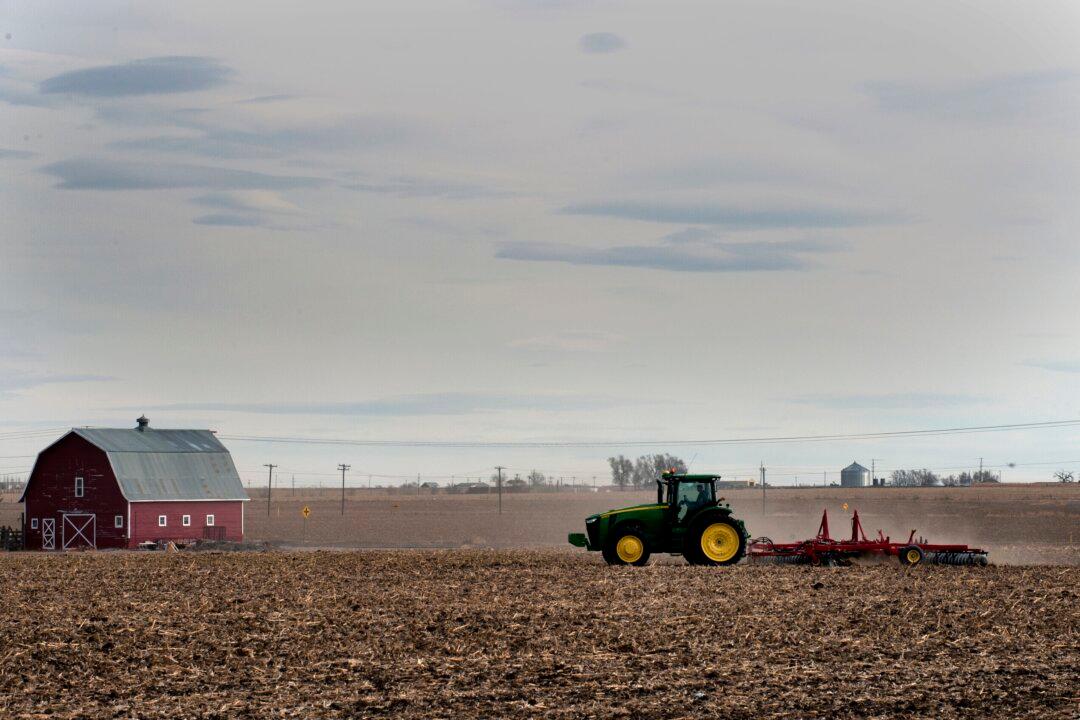News Analysis
China’s tariffs targeting President Donald Trump’s rural base have boomeranged with farm income hitting a 5-year high of $88 billion and in the top 30 percent after inflation.

China’s tariffs targeting President Donald Trump’s rural base have boomeranged with farm income hitting a 5-year high of $88 billion and in the top 30 percent after inflation.